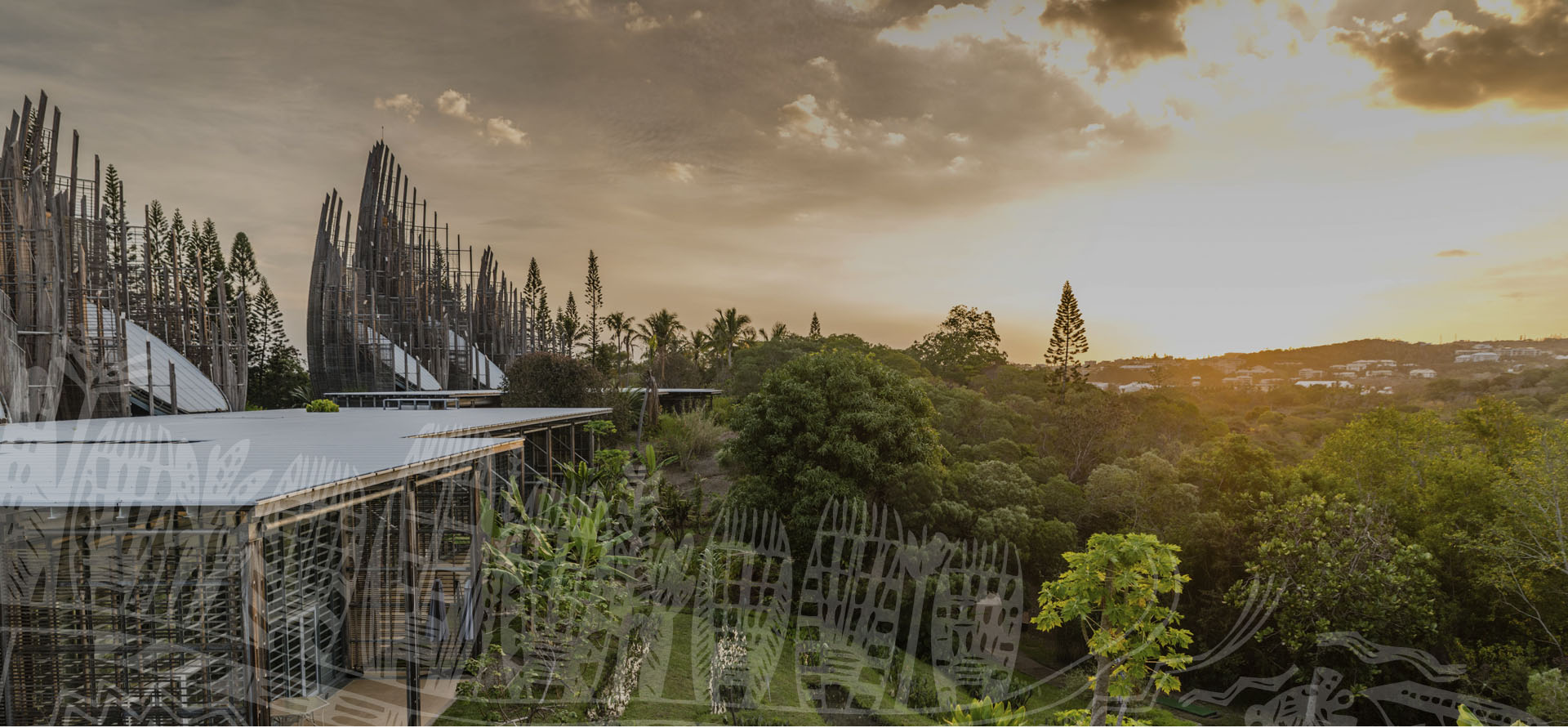
Piece of art(S)
Découvrez et faites vivre l'actualité du centre culturel Tjibaou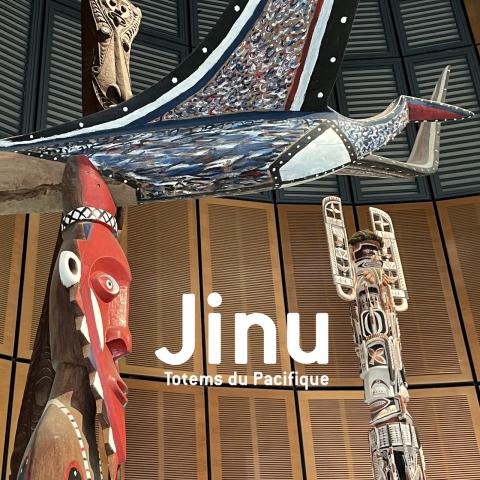
This space present six pieces of art coming from all over the Pacific region. Each piece has been made for the cultural center and has been given to us with a special ceremony. "Jinu" in kanak language, means " the spirit". This permanent exhibitiion is to link our project with the rest of the region not only by presenting this totems but with the spirit they host.
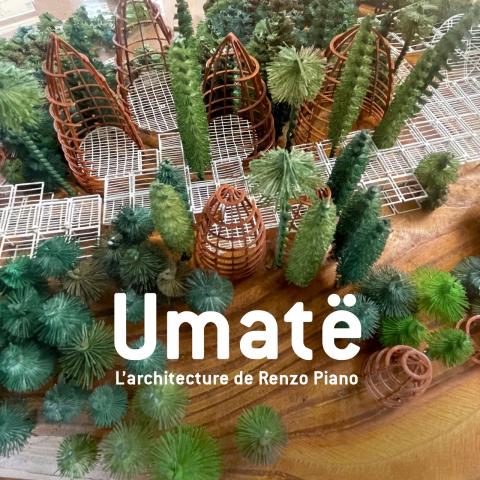
This permanent exhibition present the work of this well known architect who has build the Tjibaou cultural centrer. Architectural model, sketches, films help us to understand better the choices of Renzo Piano and also the team from the kanak devlopment agency who was at the origin of the project.
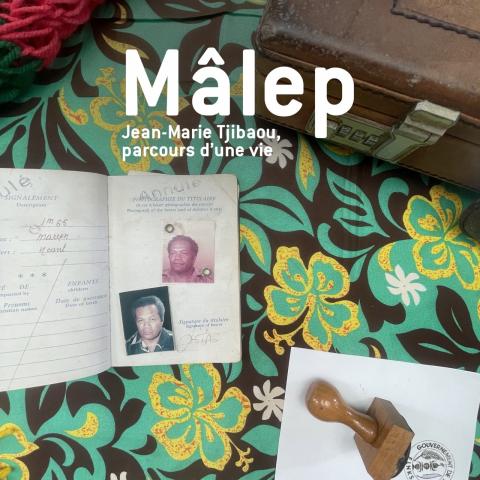
The thinking of Jean-Marie Tjibaou has generated the kanak development agency. This exhibition tells the life course of a visionary man.
REOPENING ON MARCH 2, 2024.
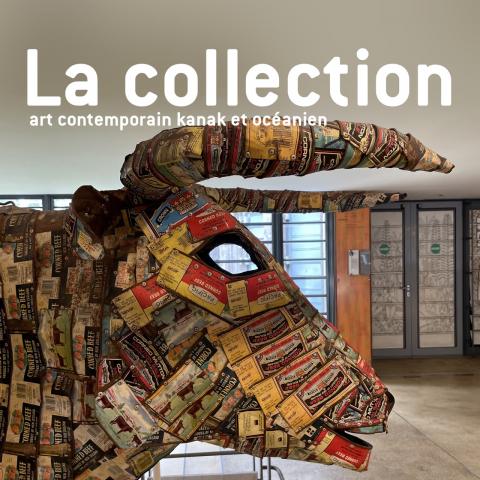
When you visit our center you will avec the pleasure to discover many artworks from our collection : the Kanak and Oceanian contemporary art fund. These artworks come from New-Caledonia but also from all over the Pacific region. They are often the result of our art residency program which allow us to host artists from our country and all the Pacific Islands.
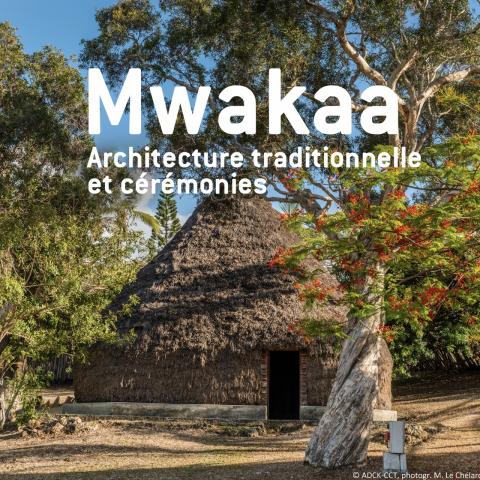
The Mwakaa area is the place which linked the contemporary building to the Kanak tradition.We invite you to visit the huts build by the people of the south region, the north region and the islands. This is a good way to understand what has inspired Renzo Piano. It's also a way to approach the complexity of the kanak society through all the symbols and the secret living in the traditional house.
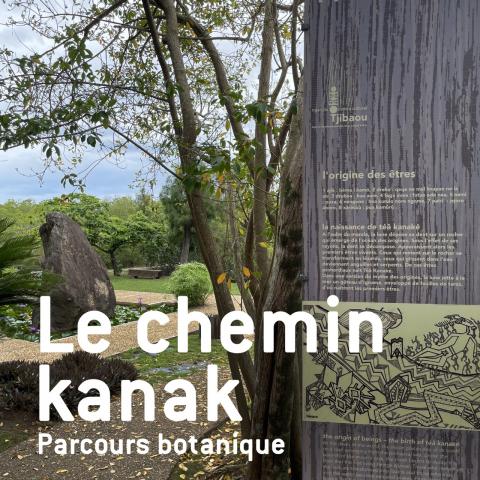
The kanak pathway is a botanic course which tells the myth of Tea Kanaké. From the first human birth to his rebirth , the pathway allow us to discover the plants of the kanak's daily life, they can be medicinal, food or magical.
You can appreciate the visit alone or with a guide and discover some important point of the kanak culture.
Piece of Arts
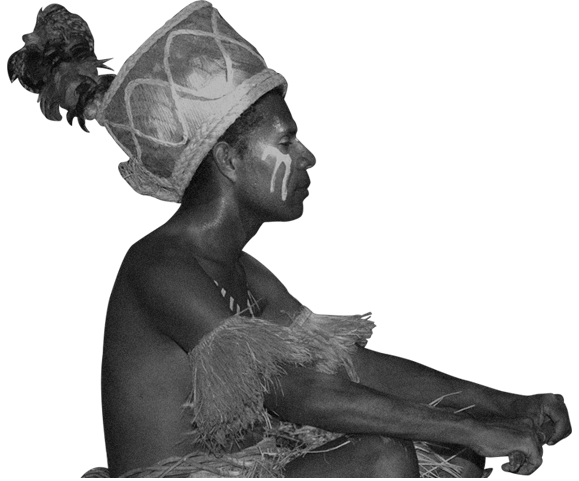
Le mythe de Téâ Kanaké
« A l’aube du monde, la lune dépose sa dent sur un rocher qui émerge de l’océan des origines… »
Imprégnez-vous du mythe de la création du premier homme à travers un spectacle déambulatoire unique sur le parcours végétal du chemin kanak. Au rythme des percussions et des chants, au cœur de l’univers végétal unique du chemin kanak, laissez vous guider par le héros du mythe fondateur, Téa Kanaké. En cinq étapes, de l’origine des premiers êtres à la renaissance, initiez-vous au langage des plantes et aux liens étroits qui unissent la culture du peuple kanak à son environnement naturel. Découvrez l'importance et le rôle des plantes dans la société kanak. Le taro et l'igname, la cordyline et le pin colonaire, le houp et le kaori, ces plantes du pays kanak, partout présentes en Océanie, sont porteuses de sens. Avec elles, est reconstitué un jardin kanak, évocateur du lien profond qui unit la culture kanak à la nature.
Un pacours en 5 étapes
Ce parcours végétal, sorte de chemin initiatique à travers les mythes et savoirs kanak, conduit de l'entrée du centre à l'aire coutumière.
Cinq étapes le rythment, cinq moments fondamentaux de la vie kanak. Ils sont matérialisés par des plantes ou des éléments naturels.
Etape 1 : L'origine des êtres" qui s'incarne dans le rocher.
Etape 2 : La terre nourricière" qui s'incarne dans le billon d'igname et la tarodière.
Etape 3 : La terre des ancêtres" se devine par les tertres (emplacement ancien de case.
Etape 4 : Le pays des esprits" se loge dans le bosquet interdit.
Etape 5 : La renaissance" symbolisée par un rocher percé.
- Plein tarif: 3 000 F
- Tarif reduit: 2 500 F
- Enfant - 12 ans: 1 500 F
*Inclus: L'entrée sur site, le spectacle du Chemin Kanak, suivi d'une visite commentee.
Rue des accords de Matignon, Tina
B.P. 378 98845 Nouméa Cedex
Tél. : 41 45 45
Fax : 41 45 56
Courriel : adck@adck.nc
- Entrée payante : 1000 XPF
- Tarif réduit 500 XPF : pour les moins de 18 ans, les plus de 65 ans, les titulaires de carte (étudiante, apprenti, jeune, APE, AMG-A)
- Gratuité pour les enfants de - 12 ans
Du mardi au samedi de 9h à 17h et dimanche de 9h à 16h. Fermé au public le lundi et les jours fériés.
- Médiathèque : En continu du mardi au samedi de 9h à 17h et dimanche de 9h à 16h.
- Expositions : La salle d'exposition Bérétara est fermée entre 11h30 à 13h, du mardi au dimanche. Tous les autres espaces d'exposition sont accessibles en continu.
- Fermeture pendant les jours fériés et les jours chômés.





